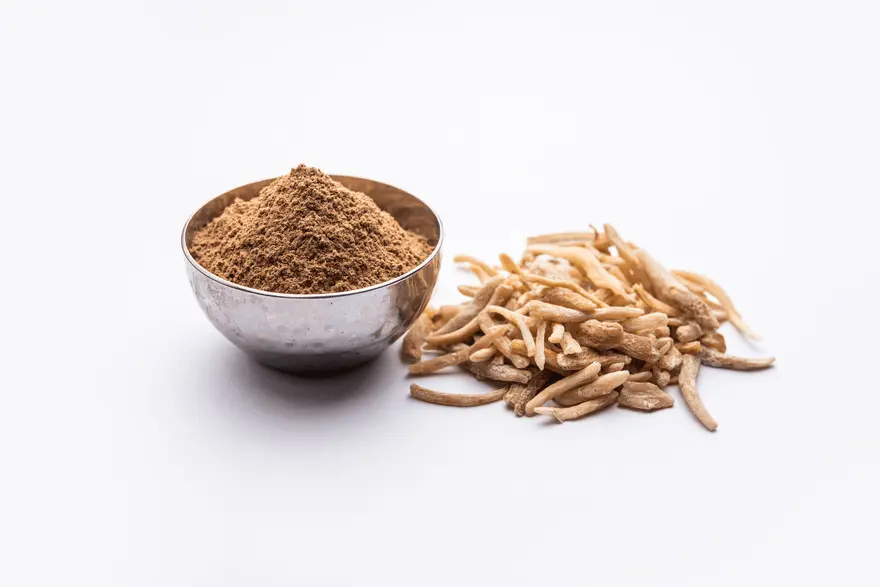Preventive Healthcare
Histopathology: Definition, Techniques, Results
13809 Views
0

What Is Histopathology?
In histopathology, histo translates to tissue, while pathology is the study of diseases. A histopathology test is the study of tissues and tissue samples to understand more about different diseases and their root causes. A histopathologist views potentially cancerous or atypical tissues and can aid other medical specialists in making diagnoses or assessing how effective their treatment plan is.
A histopathology report describes the tissue the pathologist receives, dissects and prepares before analyses for abnormalities or infective agents. Because of the ability of a histopathology test to recognize cancerous cells, it is more commonly known as a biopsy.
How Is Histopathology Performed?
A specialist doctor (histologist) performs a histopathology test and examines the tissue sample under a microscope. They usually process and cut the tissue into thin layers known as sections, which are then stained and observed. The histologist then documents the details of the tissue they are observing to create a histology report.
Here is a brief overview of how histopathology test is performed:
- Tissue sample collection: During a biopsy or surgical procedure, a small piece of lung tissue is removed for analysis. This sample is then sent to a pathology laboratory for further examination.
- Tissue processing: The tissue sample is processed by removing any excess blood, fat or connective tissue. It is then treated with chemicals to preserve its cellular structure.
- Embedding and sectioning: The processed tissue sample is embedded in paraffin wax and sliced into thin sections using a microtome. These sections are placed on glass slides for microscopic examination.
- Staining: The tissue sections are stained using various dyes to enhance the visibility of different cellular components. This allows pathologists to identify any abnormalities.
- Microscopic examination: A pathologist examines the stained tissue sections under a microscope. They look for any changes in cell size, shape, organisation or the presence of cancerous cells.
- Interpretation and reporting: Once the examination is complete, the pathologist prepares a detailed report describing their findings. This report helps guide further treatment decisions.
Components of a Histopathology Report
The histological reports created for different cell types can be complex, which include
- The description of the appearance of the tissue sample
- A synoptic report that gives detailed findings of the relevant case
- A diagnosis
- The histopathologist's comments
As this is a reasonably complex report, it is best to go over it with your healthcare provider to get the correct diagnosis and path for treatment if needed. However, knowing what is a histopathology test and the components of the results can help you be a little better prepared for the conversation with your healthcare provider.
Interpreting the Results
A prognosis is a prediction or estimation that indicates survival or recovery from a particular disease. A histopathology test results help determine your prognosis, especially in cancer cases.
Prognostic indicators in histopathology reports are
- Size and severity of the diseases
- Grade of the Tumour
- Indicators that confirm the spread of the cancer as well as how far it has spread
The grade of the tumour will depend on the type of cancer and how the cells look under the microscope. The more abnormal the cells look, the higher the tumour grade. Grading and staging have two distinct meanings; while grading dictates the level of abnormality in the cells, staging is the location in which the cancer is found and, if it is spread, how far.
When interpreting the results of a histopathology report, you may do the following:
- Review the diagnosis: The report should clearly state the underlying condition or disease identified in the sample. This could include cancer, inflammation, infection or other abnormalities.
- Understand the grading: For certain types of diseases, such as cancer, the histopathologist may assign a grade to indicate the aggressiveness or severity of the condition. Grades are typically given on a scale from 1 to 4, with higher numbers indicating more advanced disease.
- Consider staging information: In some cases, the report may also provide staging information for cancerous conditions. Staging helps determine the extent and spread of the disease within the body and guides treatment decisions.
- Pay attention to additional findings: The report may mention additional findings that are relevant to the diagnosis or treatment options. This could include molecular testing results or specific biomarkers that can influence prognosis and targeted therapies.
- Seek clarification if needed: If you are unsure about any aspect of the report or need further explanation, do not hesitate to reach out to your healthcare provider. They can help interpret the results and address any concerns you may have.
Other Sampling Techniques
It is important to note that sampling techniques are often used in conjunction with histopathology tests to provide a comprehensive understanding of diseases. By utilising these advanced techniques, healthcare professionals can gather more detailed information about your condition, allowing for more personalised and effective treatment strategies.
Along with histopathology tests, other techniques that are widely used to identify the presence of cancer in your tissues include the following.
Molecular Techniques
Analysing cells and tissues at the molecular level is known as molecular techniques; this includes the study of proteins, receptors and genes. A combination of molecular methods, including
- Cytochemistry: How the sampled cells take up stains
- Karyotyping: Looking for chromosomal changes
- Immunophenotyping: Looking for unique surface proteins
- Morphology: Observing how the cells look
Immunohistochemistry
Doctors use the immunohistochemistry process to help assess the type of tumour, the prognosis and the treatment plan for lymphomas and other types of cancers. This process involves using antibodies to stick to particular markers on the cells that help identify the type of cancer.
Most markers that antibodies get attached to have CD present in their name. CD stands for cluster of differentiation, which helps identify the cells' phenotype. However, many of these markers can also be found in other types of malignancies, so doctors usually use a combination of identifying features for a disease.
Chromosomal Studies
Many histopathologists use different molecular and chromosomal studies to observe the gene arrangements and specific changes observed in the chromosomes. Most of the time, a gene inserted into or deleted from the chromosome can lead the healthcare professional to the correct prognosis.
The best example of this is CLL, a specific part of the chromosome (17p) that, when lost, takes with it a gene that helps suppress cancer. Around 5-10% of individuals with CLL have this deletion on their chromosomes, making it harder for doctors to treat these patients with traditional chemotherapy.
Conclusion
Histopathology studies tissues to understand diseases and how they progress or regress based on the treatment options. These reports include descriptions of the tissue sample, a diagnosis and a prognosis. Once you receive your reports, it is best to discuss them with your doctor and develop a plan.
Top diagnostic centres, like Metropolis Labs, only carry out these tests with the equipment needed for these advanced tests. Check out our histopathology test list, or contact us today to learn how we can help you with prescribed or preventional tests.























 WhatsApp
WhatsApp